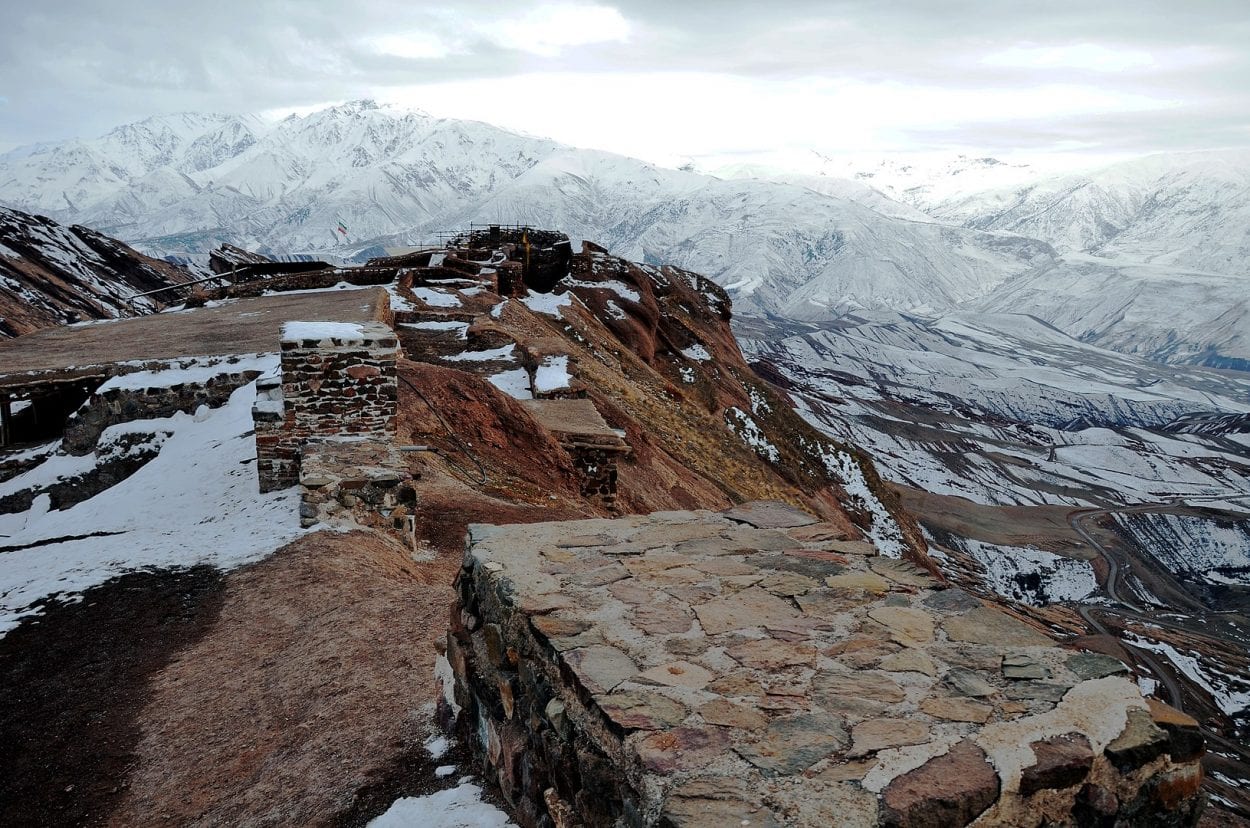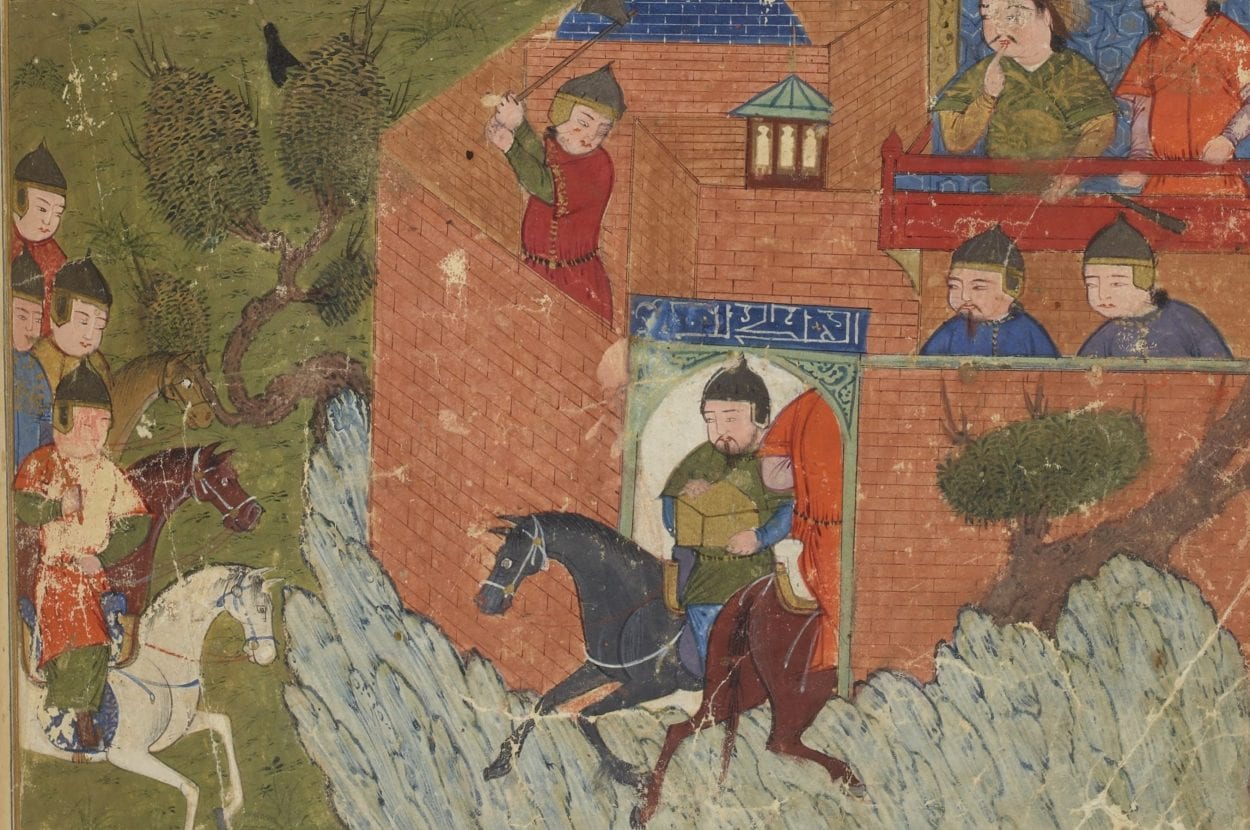Alamut Castle is a mountain fortress in the Alamut region of the Qazvin province in present-day Iran, that during the Middle Ages served as the central base of the Nizari Ismaili.
The Nizari Ismaili were a sect that established the Nizari State, also called the Alamut State, when followers of Nizarism split within Ismailism and formed their own branch of Shia Islam.
The state was founded by Hassan-I Sabbah (AD 1050 – 1124), who also created a fidā’i military group often referred to as the Batiniyya, Ta’limiyya, Isma’iliyya, Nizariyya, or in a Fatimid document written by Caliph al-Amir around AD 1120, the Hashshashin (meaning hashish smokers/users), which some scholars suggest the word “assassin” derives from.
The fidā’I group carried out espionage missions and assassinations of key enemies and political figures in public, which included three caliphs, a ruler of Jerusalem, and several Muslim and Christian leaders.
Alamut Castle was first constructed around AD 865 by Wahsūdān ibn Marzubān, a Justanid ruler of Daylam. According to legend, Marzubān chose the site after he witnessed an eagle perch on a high rock during a hunting trip which he named Aluh āmū[kh]t, likely meaning “Eagle’s Teaching” or “Nest of Punishment”.

Hassan-I Sabbah arrived at the walls of Alamut and captured the castle in AD 1090, where he embarked on a series of construction works by enhancing the existing walls, constructed several storage rooms, and developed a series of terraces along the surrounding valley for cultivation to quickly supply the castle if threatened by siege.
Hassan is also attributed with the construction of the Alamut library, a famed centre of scientific, religious, and astronomical learning that attracted scholars and scientists from across the Islamic world, in addition to other religious persuasions.
Now with an established foothold in the region, Hassan extended his influence by taking over more strongholds and constructed new fortresses at strategic points. In less than two years after the capture of Alamut, Hassan and his followers had seized several towns across the region of Quhistan, which would be the foundation for an independent Nizari state centred on Alamut.
During the mid-13th century, the Mongol Empire’s plan for expansion into Western Asia required the conquest of the Islamic States. At this time, the Nizari State was one such barrier that now comprised of over fifty strongholds and represented a significant obstruction to the Mongol advance.

After several defeats, Rukn al-Din Khurshah, the 27th Isma’ili Imam ordered that all Nizari castles of the Rusbar valley to capitulate, evacuate, and dismantle their forts. All castles (around forty) subsequently capitulated, except Alamut which stood defiant.
The Mongols eventually reached Alamut in AD 1256 and encircled the castle. In obedience to the Imam, the castle’s garrison surrendered to the invading Mongols, who dismantled it and destroyed its famous library holdings.
The Nizari Ismaili recaptured and held Alamut in AD 1275, but Mongol forces retook the castle in AD 1282, marking the end of Nizari Ismaili rule in the region.
Header Image Credit : Alireza Javaheri – CC BY 3.0





